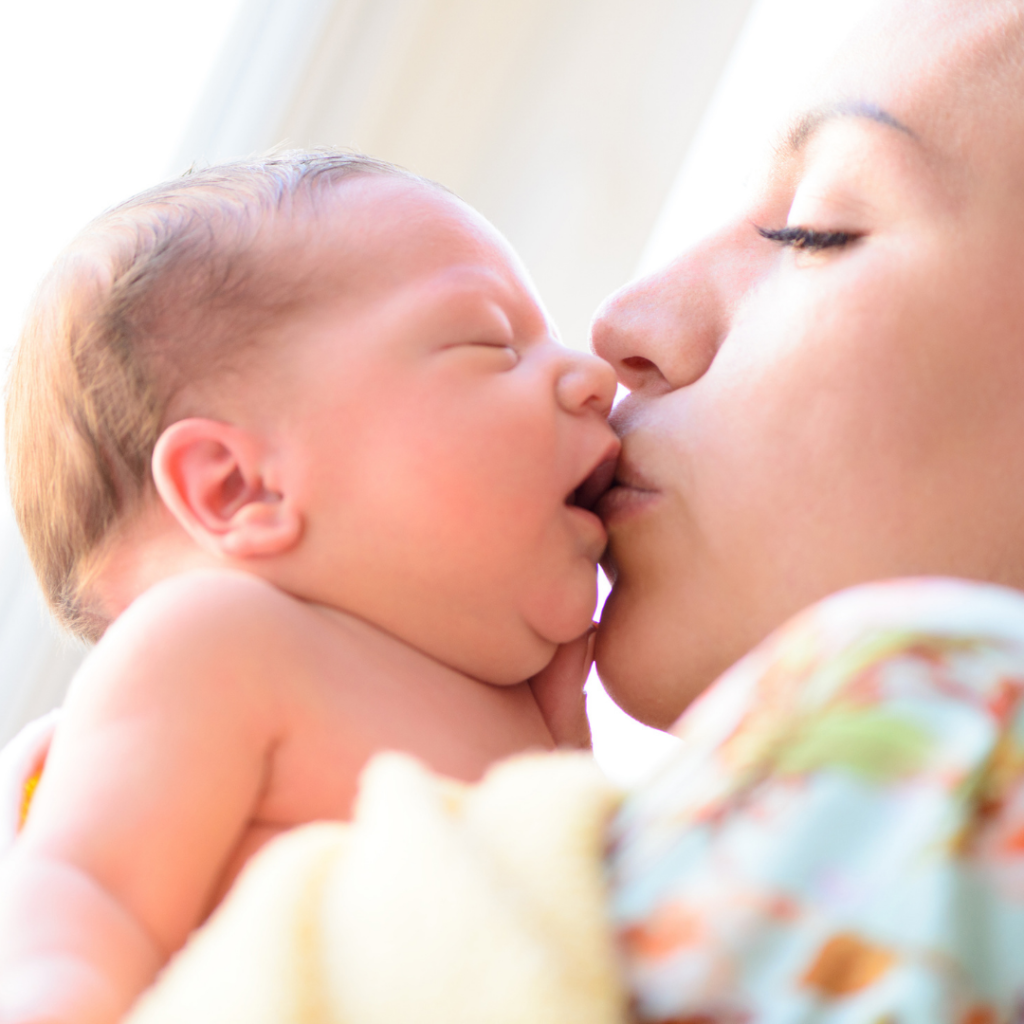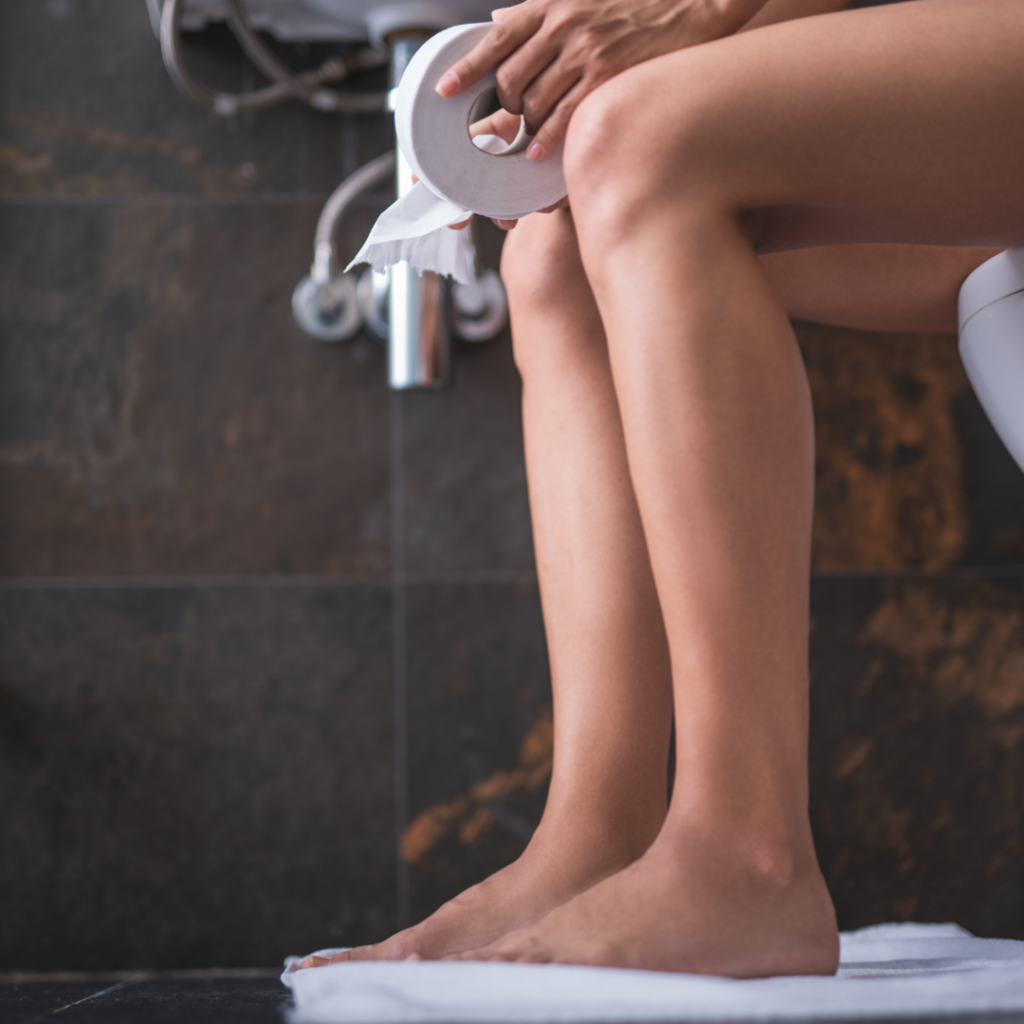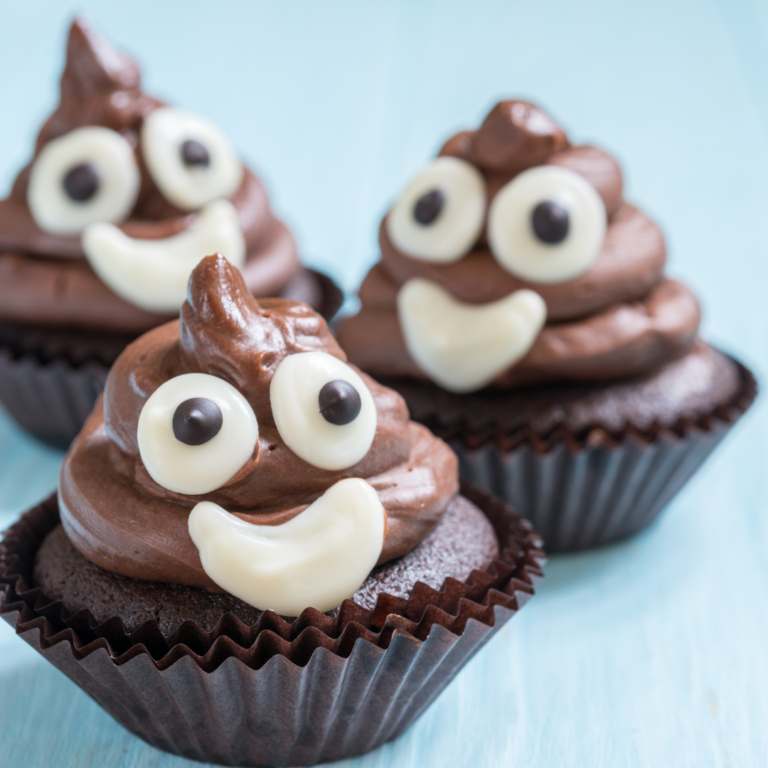A common new mom fear is that the first postpartum poop after birth will hurt. Here’s the scoop, plus nurse-approved ways to reduce any discomfort.
Many things can affect how the first postpartum poop goes. Things such as how many babies you have had, if you pushed for a long time, or if you had a vaginal tear or episiotomy. All of these will affect how easy or tough the first postpartum poop after birth is. Does the first postpartum poop after birth hurt? Here’s what you need to know.
More than likely, it will take several days before you have your first bowel movement after birth. It is common for a new mother not to have her first poop until the fourth day after the birth of her new baby. The bowels are a bit sluggish following a vaginal birth. This can be especially true with an abdominal, cesarean birth. Another thing to take into consideration is if you have been on any narcotic pain medication. This also can slow down the digestive system. It can take around two weeks before you see normal bowel movements again.
Hopefully, during your postpartum experience, your healthcare provider told you to take stool softeners until you were having regular bowel movements again. If not, start taking them right away. These will help soften the poop so it doesn’t feel as uncomfortable.

So, why does it hurt to poop the first time after birth?
Bowel function is sluggish the first few days after birth. This causes more water to be absorbed from the poop and hard stools to result. It’s really important to stay hydrated to help prevent bowel issues. Also, the pressure from your baby’s head pressing through the birth canal (along with pushing) can cause hemorrhoids and tearing of the perineum. All of this heals, but it takes time. The first poop comes along way before you are all healed up.
Stool softeners will help get the poop out without over-enlarging any hemorrhoids or irritating any vaginal repairs you needed to have. Remember to keep your pericare cleansing bottle available and use it after each bathroom visit. This will help keep the area clean and prevent infection.
What can I expect with my first poop after birth?
New mothers are often very nervous about how the first poop will feel. I can tell you from my experience as a mom and as a postpartum nurse, that it’s not going to feel great, but it also shouldn’t be super painful either. Again, stool softeners may be your best friend for a while. Take them twice a day following birth.
It’s important to remember not to strain when it’s time to poop. Just let it happen. Try to calmly take a deep breath, exhale as it comes out, and don’t fight it. Though postpartum recovery can be really tough after a first baby, the good news is, there are things you can do to help yourself. It also tends to be easier with each baby’s birth.
Does the first postpartum poop after birth hurt?
I dreaded my first poop, and here’s why. I had a really bad experience during my first trimester of pregnancy with constipation. I had been extremely sick and unable to function without nausea medicine. The medication I was on caused constipation (which I was unaware of). Couple that with my lack of desire to stay hydrated because of extreme nausea, and I became severely constipated and dehydrated.
I thought I was going to have to go to the hospital because I couldn’t poop. How embarrassing! And then it finally happened (thanks to my doctor’s advice to use an enema). I will spare you the details, but it was terrible. This is still one of the worst experiences of my life, and I’ve given birth and recovered three times.
The first postpartum poop paled in comparison to this terrible experience. Was it as easy as normal? No. But it was manageable. And each one got easier and easier.
How to Make your First Poop after Birth Easier
1. Stay hydrated.
It’s important to stay hydrated while your body recovers from childbirth. This is an easy way to make the postpartum experience of pooping more manageable. Plus, if you are breastfeeding, you need to be drinking at least 8 cups of water a day. Lots of water is key for successful postpartum bowel movements.
I found that if I kept a bottle of water beside me every time I nursed, I would drink more water. To make your first poop go smoothly, you need to drink PLENTY of water. Not a fan of water? You can also drink sports drinks. The more natural, the better. A brand such as Body Armor can be a great alternative to Gatorade.
Caffeinated drinks are also okay while nursing as long as you limit them to two cups per day. Drinking warm liquids may also help relieve common issues with the first postpartum poop.
Concerned about your breast milk supply? Here are 12 Proven Ways on How to Increase Your Breast Milk Supply.

2. Eat Fiber Friendly Foods
This can be a tricky one. If you aren’t used to eating this way, it can cause gas, which if you are breastfeeding, can upset the baby’s tummy. So, start slow in this area. Oats and oatmeal are higher in fiber, but easy on the stomach, and are a great place to start. Try eating plenty of fresh fruit, and replacing refined grains like white bread with wholegrain bread.
Slowly get your body used to a high-fiber diet. Wholegrain cereals are another good way to introduce dietary fiber. Insoluble fiber can soften stool and prevent hard, small stool.
Bonus: consuming rolled oats can increase milk supply. You can also incorporate oats into your diet with Lactation Cookies.
3. Take your Stool Softeners
Every day until you are regular again. I know I’ve mentioned this several times, but it can offer such relief during the transition from childbirth to regular bowel movements. Don’t skip this.
4. Let Gravity do the Work
Don’t hold it! Whether it’s been two days after birth or five, if you feel the urge, just let it happen. Sit down. Don’t rush, and no pushing if possible. Sometimes relaxing by breathing deeply helps as well. Breathe the same way you breathed through those early labor contractions!
5. Use a Potty Stool
Okay, so I’m aware that most people have never heard of a potty stool. The Squatty Potty can be a bit pricey if you are using it for a short period of time, so unless you struggle with chronic constipation or hemorrhoids, you probably don’t necessarily need to invest in one. (But if you do, this could be a huge help!)
The idea of the potty stool is to keep your knees higher than your hips. It is an ancient instinct to squat when using the restroom and before modern-day toilets, we did just that. If you don’t own a potty stool, you can still achieve this by using two small step stools to place your feet on. It reduces straining, alleviates constipation, and aligns the colon.
6. Clean and Treat Properly After Pooping
After that poop happens, cleanse with a peri bottle of warm water. This helps clean the area thoroughly to prevent infection, but also protects the sore spots from too much touch. Spray Dermoplast (which will provide instant relief), and apply witch hazel pads.
Does the first postpartum poop after birth hurt?
Many new moms avoid toilet paper altogether in the first week because of the soreness of a perineal tear. A sitz bath with a postpartum soak is also a comforting relief after the first postpartum bowel movement. If you are having trouble pooping or experiencing excess pain after the process, give your health care provider a call.
You’ve got this Mama! I know this stinks (pun totally intended), but before you know it, that first poop will be history.
You may also like 8 things you should know about sex after birth.
Post may contain affiliate links

